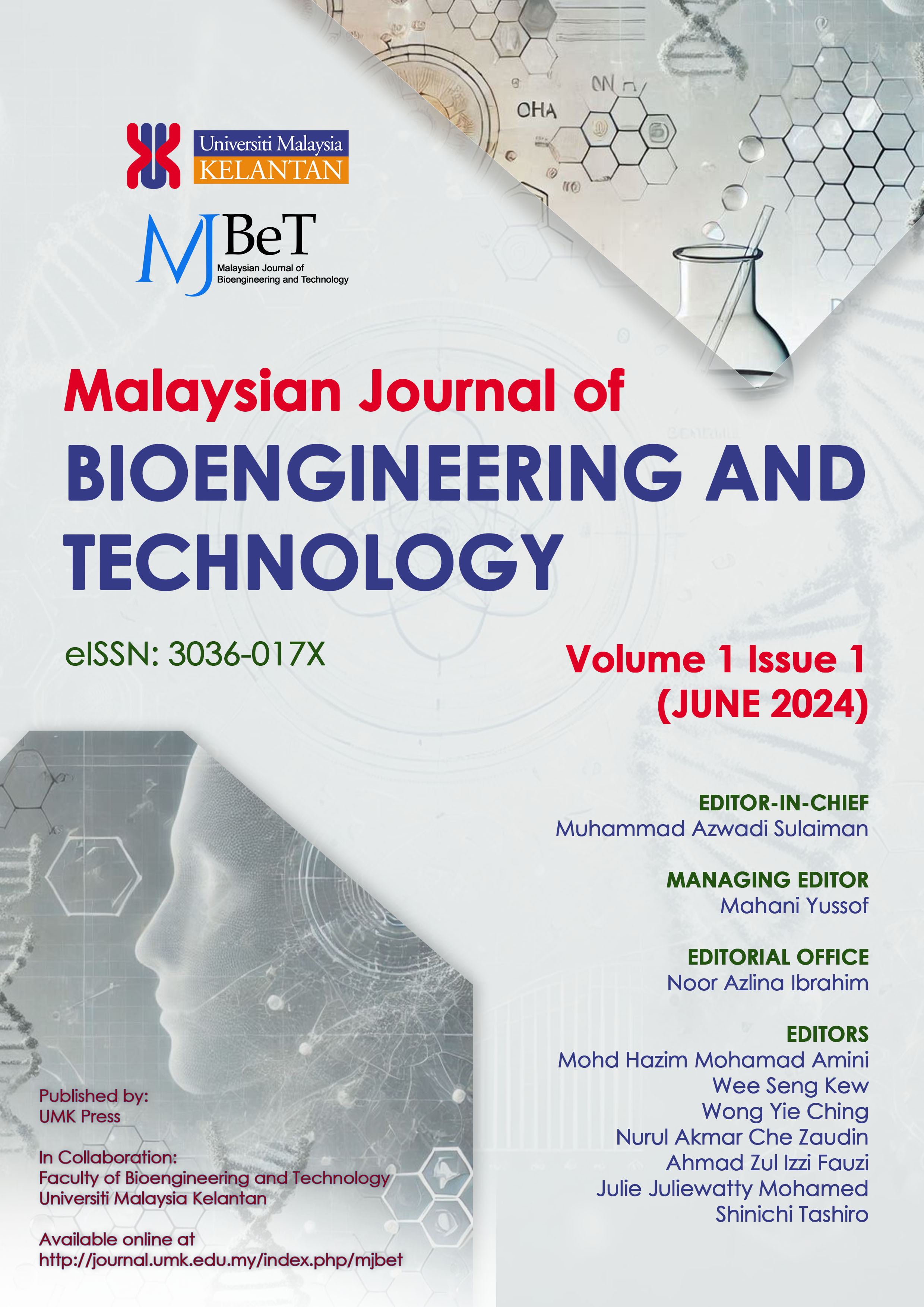Influence of Abrasive Grit Size on Surface Wettability in Kelempayan (Neolamarckia cadamba) and Petai (Parkia speciosa) Wood Sanding
DOI:
https://doi.org/10.70464/mjbet.v1i1.1276Keywords:
Wood sanding, Wettability, Morphology, KelempayanAbstract
The environmental implications of sanding processes, including energy consumption and waste generation, are increasingly significant considerations. Therefore, identifying sustainable sanding practices involves finding ways to minimize energy consumption, reduce waste generation, and mitigate environmental impacts while maintaining or improving product quality. The study aimed to assess the impact of grit size on the surface quality of Neolamarckia cadamba and Parkia speciosa wood. Three sanding methods with varying grit sizes a) single stage 100-grit, b) two stage 100+150-grit, and c) three stage with 100+150+180-grit were employed, and surface quality was evaluated using three different liquids (water, oil and formamide) medias. SEM analysis was carried out for every grit size sanded sample of both species. The sanding process has been done 30 times on each surface with a constant force. The measurements are carrying out with a view parallel to the grain. Results showed that surfaces sanded with 100+150+180-grit had lower mean contact angle values for water, oil, and formamide for both Neolamarckia cadamba and Parkia speciosa. The choice of abrasive and grit sequence significantly affects coating absorption time, surface finishing, and wood damage during sanding. Smoother surfaces exhibited higher wettability and absorbency, highlighting the significant influence of sanding on wood surface properties. This study provides valuable insights for bonding and finishing processes in the wood industry, aiming to promote environmentally responsible practices in Malaysia.


